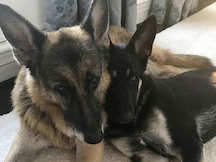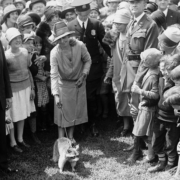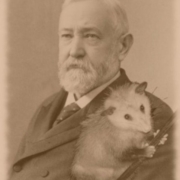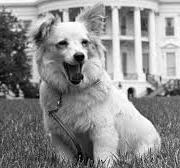 Whiskers to Tails Petsitting is proud to announce that it has earned the home service industry’s coveted Angie’s List Super Service Award (SSA). This award honors service professionals who have maintained exceptional service ratings and reviews on Angie’s List in 2020.
Whiskers to Tails Petsitting is proud to announce that it has earned the home service industry’s coveted Angie’s List Super Service Award (SSA). This award honors service professionals who have maintained exceptional service ratings and reviews on Angie’s List in 2020.
“Despite the enormous challenges facing our service pros throughout 2020, our Angie’s List Super Service Award winners continued to provide exceptional customer service,” said Angie’s List Founder Angie Hicks. “These outstanding businesses have helped homeowners not only maintain their homes, but also evolve them into safe and comfortable spaces that can handle all the mess of life, work, school and entertainment under one roof. Our homeowners’ consistent positive reviews make it clear: these are the best pros in our network.”
Angie’s List Super Service Award 2020 winners have met strict eligibility requirements, which include maintaining an exceptional rating in overall grade, recent grade and review period grade. The SSA winners must be in good standing with Angie’s List and undergo additional screening.
Whiskers To Tails Petsitting’s owner, Claire Newcom, gives credit to her amazing team of pet sitters for the company’s excellent service through the years. “Our pet sitters are committed to providing top notch care to all of their four-legged clients, and even though this past year has been quite a challenge, I’m proud of our team for being flexible and adjusting to the times while still maintaining that exceptional level of service,” said Newcom.
This is the 8th time Whiskers To Tails Petsitting has won an Angie’s List Super Service Award since 2011.
Service company ratings are updated continually on Angie’s List as new, verified consumer reviews are submitted. Companies are graded on an A through F scale in multiple fields ranging from price to professionalism to punctuality.
For over two decades Angie’s List has been a trusted name for connecting consumers to top-rated service professionals. Angie’s List provides unique tools and support designed to improve the local service experience for both consumers and service professionals.
Whiskers To Tails Petsitting is locally owned and operated and has served the Twin Cities metro and surrounding suburbs since 2010, coming to client homes to care for their pets while they are traveling or working long hours. Services include pet sitting, dog walking, and overnight sitting. Whiskers To Tails Petsitting is bonded and insured and its pet sitters all undergo criminal background checks. Go to http://www.whiskerstotailspetting.com to learn more or reserve a pet sitting service.





 Photo credit:
Photo credit: